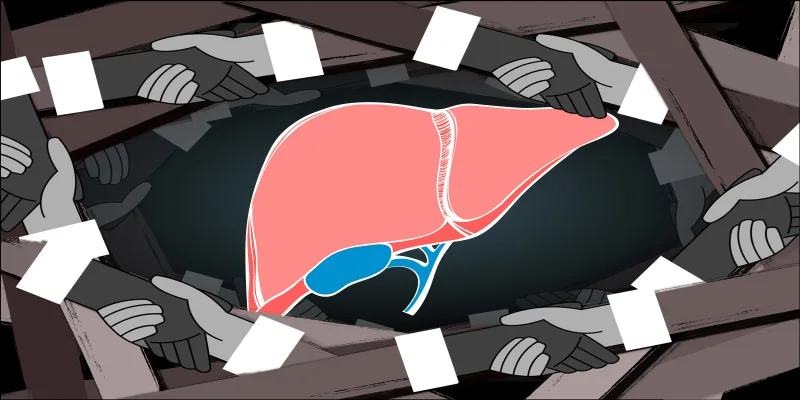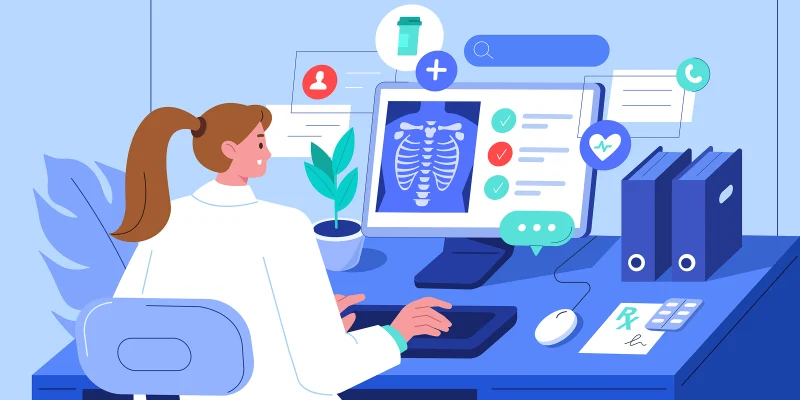Dr. Abraham Verghese wrote, “What treatment in an emergency is administered by ear? Words of comfort.” As an orthopaedic surgery resident, I am not formally trained in counseling or palliative care. However, I have cared for countless patients requiring these skills. I want to empower others to initiate challenging discussions with patients and their families, even if they feel unprepared, since doing so improves patient outcomes. I’ve seen many surgical colleagues defer to other services to lead these conversations, which often delays care for patients, and limits the patient’s opportunity to hear different perspectives. Earlier conversations regarding goals of care have been shown to result in better patient outcomes. Words of comfort and displays of sincerity can help change the course of a patient’s care and their perceptions of it. There are many tools available to communicate difficult news, such as “REMAP,” which stands for “Reframe, Expect emotion, Map out patient goals, Align with goals, and Propose a plan.” Below are some general principles:
1) Ask them what they know.
It’s tempting to dive into conversations with explanations, but starting with asking patients what they understand of the situation can help you navigate the conversation more effectively. Stay curious and open to their reactions and questions.
2) Ask them what they want to know and assess decision-making:
Don't give a prognosis to the patient without their consent. Some patients who have decision-making capacity prefer to have another designated individual make their medical decisions. Ask them questions like: “How much do you want to know about your diagnosis?” “Would you like to discuss what your tests/labs/images mean?” “What information do you need right now?”
3) Be direct, honest, and set expectations.
When providing difficult news to patients and families, it can be easy to flounder around what you need to say. However, providing concise explanations up front can help reduce confusion. You can offer statements like: “I am here to discuss something difficult with you.” “I am sorry you are going through this, but you have our team here to help you and make sure your questions are answered.” “This is understandably a lot of news to process, so don’t hesitate to ask questions or ask me to repeat anything.”
4) Acknowledge what you don’t know.
Often, patients and their families want to know your predictions of outcomes or ask questions we don’t know the answer to. In response to their queries, you can say:
“That is an excellent question. Unfortunately, I don’t know the answer. However, in my experience I’ve found…” Or you can say: “I’m going to talk with my attending/colleague about your question and come back to you with more information.”
5) Utilize your physical space.
Aim to be at eye level. If the patient is in a bed, try to find a chair to sit in next to them. Ask patients/families about their physical space boundaries. Such as, “Is it OK if I pull up a chair here?” There is immense power in physical touch when done appropriately.
6) Avoid medical jargon.
Clarify medical words with more commonly used terms. Tell patients, “If I say a term that you aren’t familiar with or have questions, please let me know.”
As a personal example, when consenting a patient for open reduction and internal fixation, I will normally show those words on the consent. Then, I’ll break down the words with “open means we make a cut in the skin. Reduction means putting the broken bones back together. Internal fixation means that we’ll put hardware inside of the skin. This fixes the broken bones.”
7) Offer validation and encouragement.
Patients and their families are often scared and have mixed emotions when we share difficult news, so normalizing their experience can help them feel less alone. You can tell them: “Many patients in relatable situations express similar feelings.” “There is no right or wrong answer for how to move forward, so it’s OK that you’re not sure what to do. I am here to help talk through your options.”
8) Allow for silence.
It can be uncomfortable to sit in silence with a patient, especially if they are crying or reacting differently than you anticipated. However, silence can be a powerful way to communicate that you are present with them and give them a moment to process.
9) Be honest and upfront when a mistake is made.
Medical errors are a leading cause of death in the U.S. It is our duty to be honest with patients when a mistake occurs and we have substantial evidence to show it reduces rates of malpractice and improves patient outcomes. Protect the patient from anyone whose ego or lack of candor may result in insincere apologies. Say things like:
“This complication of ___ that we had discussed as a risk unfortunately occurred. Here’s what we plan to do to help.” “I’m sorry you are going through this. It makes sense why you feel that way. Our team is here to advocate for you.”
10) Document thoroughly.
Include who was involved in the conversation. If speaking with a family member, consider including their number in your note to easily reference. This can help keep all members of the team informed and help demonstrate shared decision-making.
11) Use visuals.
Showing patients images from their chart or from a web search can be helpful when explaining the diagnosis and treatment recommendations. Ask for consent before showing them their images.
12) Don’t dismiss your role.
Early in our careers, our self-confidence can feel tenuous given the amount of uncertainty in medicine. However, there have been countless patients thus far in my residency training whose outcomes were significantly improved because of the conversations I’ve had. Don’t stray away from tough conversations due to lack of formal training or being a junior member on the team.
In summary, excellent and compassionate communication are skills that I believe do not need formal training (although, training is always encouraged), but do require practice, initiative, and humility. Whether you’re new in training like myself or a seasoned attending, you have the power to provide words of comfort, as they do not need a scalpel to make their mark.
Have you ever received words of comfort that left an impression on you? Share them in the comments!
Dr. Janae Rasmussen is a PGY-1 orthopaedic surgery resident at Valley Consortium for Medical Education in Modesto, CA. She enjoys spending time outdoors and staying active with yoga and dance.
Image by GoodStudio / Shutterstock







